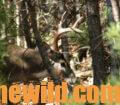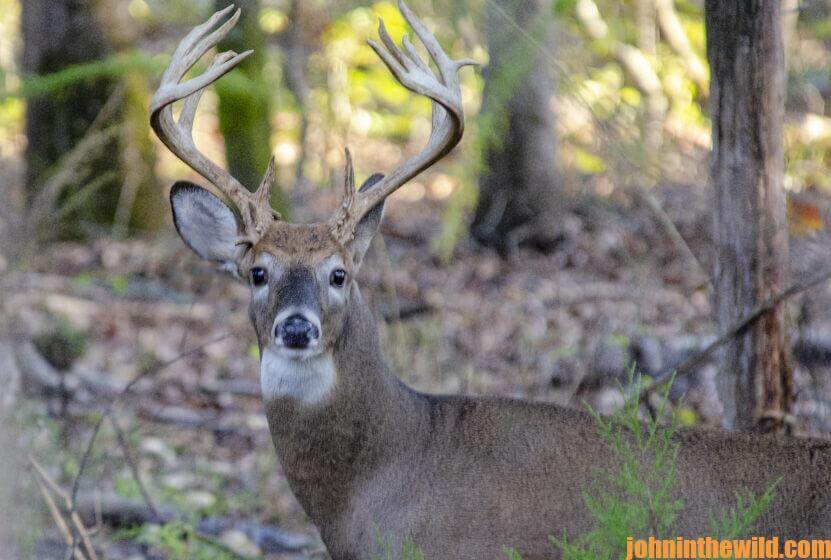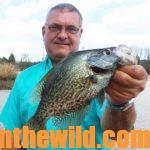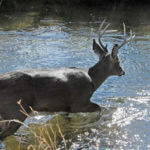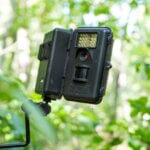Editor’s Note: Many hunters consider pine plantations biological deserts where nothing exists except pine trees and pine straw – or that’s what outdoorsmen have told other sportsmen for years. Honestly, I truly hope you believe that, because the majority of hunters who accept that idea will stay out of some of the best big-buck territory in the nation, leaving the prime hunting spots for those who know how to hunt the pines. Pine plantations generally home some of the most-productive places I know to take big deer for three reasons. Pine plantations provide food and browse for the deer to feed on, cover they can hide in and a barrier most hunters won’t penetrate to search for deer. Deer hold in pine plantations from the first year after the planting of the pines until the last year when foresters cut the mature trees, generally a timeline of about 30 years. Let’s look at some secrets for hunting a pine plantation.
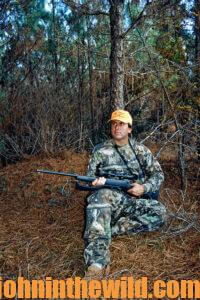 During Years 1 – 5:
During Years 1 – 5:
* Hunt traditional deer trails. Many hunters fail to realize that deer will travel the same traditional trails they’ve used before clear-cutting to move from one spot to another. For the most success in hunting planted pines for numbers of years, take a hand-held GPS receiver, walk these trails, which will consist probably only of bare dirt this first year after the clear-cutting, record where the trails start and go, and store these deer trails as routes in your GPS or your hunting app.
By the second year, briars, brambles, bushes, shrubs and grasses will grow up in the pines, even if someone has sprayed the property with herbicides to prevent unwanted hardwoods from sprouting at the site. Although the trails will appear to vanish in the new foliage, deer still will use the trails. The routes you’ve stored in your GPS or hunting app will enable you to hunt the edges of the clear-cut as well as places where the trails exit the clear-cut and open spaces inside the clear-cut. At the end of the second year of growth of the planted pines, use your GPS, pull up the routes of traditional deer trails, and walk the trails after deer season ends. Choose some ground-blind sites, and mark them on your GPS as waypoints. Remember to only hunt them with a favorable wind, and control your human odor with scent-eliminating products.
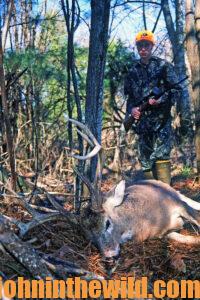 * Hunt open lanes to take big bucks. You’ll usually find open lanes along the edges or through a clear-cut, including the Stream Management Zones (SMZs) on creek and stream banks, green fields, power lines and firebreaks. Any time you decide to hunt a clear-cut, first scout for open areas where you can see deer and get a shot at one, before you even scout for the deer.
* Hunt open lanes to take big bucks. You’ll usually find open lanes along the edges or through a clear-cut, including the Stream Management Zones (SMZs) on creek and stream banks, green fields, power lines and firebreaks. Any time you decide to hunt a clear-cut, first scout for open areas where you can see deer and get a shot at one, before you even scout for the deer.
* Use a climbing tree stand to climb high enough into a tree on the outer perimeter of a clear-cut to look down into the clear-cut. Because your GPS will show you the locations of the trails inside that clear-cut, once in your tree stand, you can look down into the cover and watch for deer moving along the trails. Or, you can go to the top of a hill, a ridge or a mountain close to the clear-cut and look down into it to learn this information.
Many whitetail hunters – particularly in the East – don’t use spotting scopes and quality binoculars like mule deer and elk hunters do. However, when you hunt a young clear-cut from a high ridge or a high tree stand, quality optics greatly will improve your success in seeing deer.
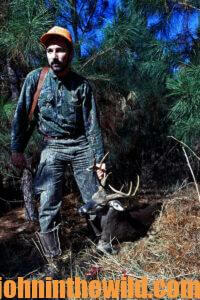 * Utilize the telephone-pole tactic when no trees grow close to the clear-cut you want to hunt. A friend of mine, the late Dr. Scott Drummond of Tuscaloosa, Alabama, needed a way to hunt a clear-cut on the very-flat property he hunted. According to Drummond, “There weren’t any trees big enough to hold a climbing tree stand on the edge of this clear-cut. So, I rented an auger, moved it out into the clear-cut long before deer season arrived, drilled a hole in the ground big enough to hold a telephone pole, bought a telephone pole and put it in the hole. Once I had the pole in position, I used 2X4s to build a platform high on the pole, covered it with brush for camouflage and later hunted from that platform. I took several nice bucks from that telephone-pole stand out in the clear-cut during the first 2 to 5 years the property was planted in pines.”
* Utilize the telephone-pole tactic when no trees grow close to the clear-cut you want to hunt. A friend of mine, the late Dr. Scott Drummond of Tuscaloosa, Alabama, needed a way to hunt a clear-cut on the very-flat property he hunted. According to Drummond, “There weren’t any trees big enough to hold a climbing tree stand on the edge of this clear-cut. So, I rented an auger, moved it out into the clear-cut long before deer season arrived, drilled a hole in the ground big enough to hold a telephone pole, bought a telephone pole and put it in the hole. Once I had the pole in position, I used 2X4s to build a platform high on the pole, covered it with brush for camouflage and later hunted from that platform. I took several nice bucks from that telephone-pole stand out in the clear-cut during the first 2 to 5 years the property was planted in pines.”
* Walk deer up. In warm weather, deer generally will hold in the bottom of a hollow on a pine plantation. As the weather becomes colder, the deer will start moving up the hill or the mountain, so they can get in the early-morning sun. If you move slowly without making noise and still spook a buck in that clear-cut, the buck probably won’t know exactly your position and only will run 40 to 60 yards, stop and look back to try to spot you. That’s when you can get a shot at the deer, if the clear-cut hasn’t grown-up too much and become very thick. This tactic pays the best deer dividends in young pine stands where you can see the deer get up and then stop.
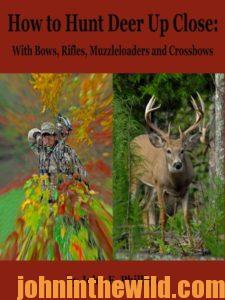 To learn more about hunting deer, check out John E. Phillips’ book, available in Kindle, print and Audible versions, “How to Hunt Deer Up Close: With Bows, Rifles, Muzzleloaders and Crossbows” (http://amzn.to/11dJRu8). You may have to copy and paste this link into your browser. (When you click on this book, notice on the left where Amazon says you can read 10% of the book for free, and you can listen to 10% for free). On the right side of the page and below the offer for a free Audible trial, you can click on Buy the Audible book. To see more of John’s deer-hunting books, visit http://www.amazon.com/author/johnephillips. John and Denise Phillips’ new book, “The Recipes You Can’t Live Without,” that’s full of delicious, time-tested recipes for cooking wild game and fish and also ideas for breakfasts at your hunting club just was published in print this past week. Go to https://www.amazon.com/dp/B09MYTMSMH?ref_=pe_3052080_397514860 to learn more.
To learn more about hunting deer, check out John E. Phillips’ book, available in Kindle, print and Audible versions, “How to Hunt Deer Up Close: With Bows, Rifles, Muzzleloaders and Crossbows” (http://amzn.to/11dJRu8). You may have to copy and paste this link into your browser. (When you click on this book, notice on the left where Amazon says you can read 10% of the book for free, and you can listen to 10% for free). On the right side of the page and below the offer for a free Audible trial, you can click on Buy the Audible book. To see more of John’s deer-hunting books, visit http://www.amazon.com/author/johnephillips. John and Denise Phillips’ new book, “The Recipes You Can’t Live Without,” that’s full of delicious, time-tested recipes for cooking wild game and fish and also ideas for breakfasts at your hunting club just was published in print this past week. Go to https://www.amazon.com/dp/B09MYTMSMH?ref_=pe_3052080_397514860 to learn more.
Tomorrow: Hunting Deer in the Pines – Years 6-15


